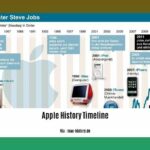[The Evolution of the Apple Store: A Comprehensive Timeline of Retail Innovation [Apple Store History Timeline]] Have you ever wondered how the Apple Store went from a humble retail experiment to a global phenomenon that has redefined the shopping experience? Join us as we unveil the comprehensive timeline of the Apple Store, revealing the pivotal moments, key players, and groundbreaking achievements that have shaped its remarkable journey. From its inception in 2001 to the present day, discover the evolution of retail innovation that has transformed the Apple Store into a symbol of technological prowess, human connection, and unparalleled customer service.
Key Takeaways:
Apple Stores are a chain of retail stores owned and operated by Apple Inc.
The first Apple Store was opened in May 2001 in Tysons Corner, Virginia.
Apple Stores sell various Apple products, including iPhones, iPads, Macs, and Apple Watches.
Many Apple Stores are located inside shopping malls, but Apple also has several stand-alone flagship stores in high-profile locations.
All Apple Stores feature a Genius Bar, where customers can receive technical advice or set up service and repair for their products.
Apple Store openings and new product releases can draw large crowds, with some waiting in line for days before the opening.
As of September 2023, Apple has over 506 stores across 24 countries.
Apple Store History Timeline
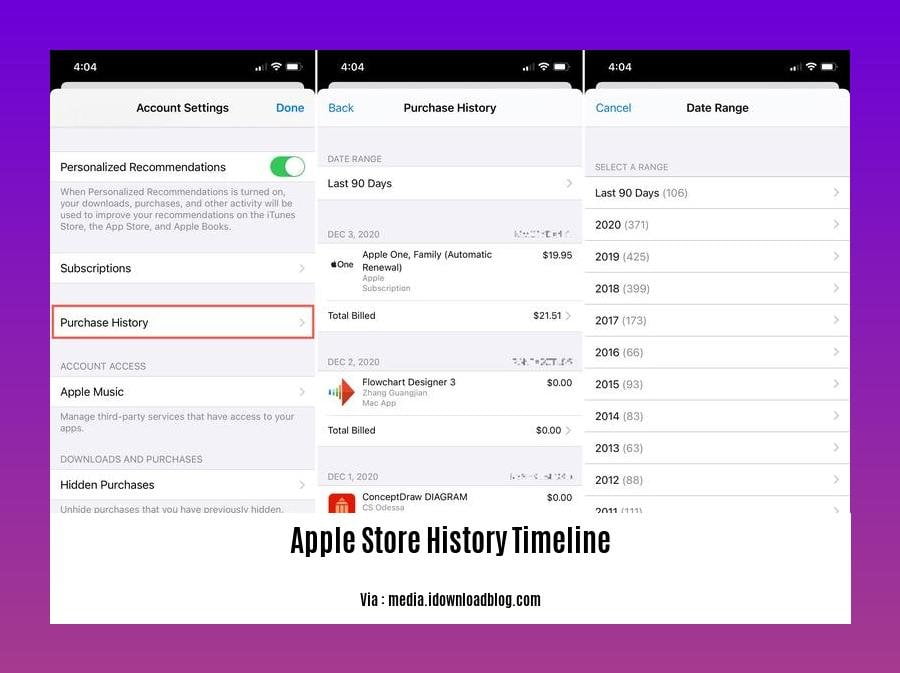
Beginnings: Revolutionizing the Retail Experience
The year was 2001 when Apple dared to challenge conventional wisdom and opened its first brick-and-mortar store in Tysons Corner, Virginia. In an era dominated by big-box electronics retailers, Apple took a bold step by creating an immersive environment that focused on customer experience and unparalleled service.
Setting the Stage: Unveiling the Genius Bar
The Apple Store wasn’t just about selling products; it was about creating a destination that fostered connection and support. The introduction of the Genius Bar in 2003 was a masterstroke, providing customers with expert advice, technical support, and repairs. This novel concept set a new standard for customer service in the tech industry.
Milestones: Expanding the Empire
Over the years, Apple continued to expand its reach, opening stores in major cities across the globe. Each store was meticulously designed, reflecting the company’s commitment to aesthetics and functionality. In 2006, Apple opened its flagship store on New York City’s Fifth Avenue, a glass-and-steel marvel that became a symbol of the brand’s global dominance.
Adapt and Thrive: Innovation in the Digital Age
The rise of e-commerce posed a challenge to traditional brick-and-mortar retailers, but Apple responded with agility and innovation. The company seamlessly integrated its online and offline experiences, allowing customers to shop online and pick up their purchases in-store or vice versa. This omnichannel approach kept Apple ahead of the curve, adapting to the evolving shopping landscape.
A Global Phenomenon: Apple Goes International
Apple’s global footprint expanded rapidly, with stores opening in Europe, Asia, and the Middle East. Each store was tailored to the local culture and consumer preferences, reflecting Apple’s commitment to creating a truly international brand.
Sustainability and Social Responsibility: Beyond Retail
Apple’s retail strategy extended beyond selling products; it encompassed sustainability and social responsibility. The company’s stores were designed to be environmentally friendly, using renewable energy sources and energy-efficient materials. Apple also supported various educational and community initiatives, demonstrating its commitment to being a force for good in the world.
Conclusion: A Legacy of Innovation
The Apple Store has come a long way since its humble beginnings in 2001. Today, it stands as a global phenomenon, a testament to Apple’s unwavering commitment to innovation, customer experience, and design. As Apple continues to push the boundaries of technology, the Apple Store will undoubtedly play a vital role in shaping the future of retail.
Read all about the apple history timeline and see how it has grown throughout the years. Dive deeper into the history of the apple logo and its connection with Alan Turning by reading apple logo history Alan Turing. Get a detailed brief history of ballroom and trace its evolution over time.
Revolutionary Moments: The Introduction of the Genius Bar and Apple Pay
The Apple Store has played a pivotal role in revolutionizing the retail industry, providing consumers with unparalleled experiences and shifting the paradigm of how technology is sold and supported.
Key Takeaways:
The introduction of the Genius Bar in 2003 marked a revolutionary move, offering customers personalized technical support and advice from Apple-trained specialists, fostering a sense of trust and loyalty.
Apple Pay, introduced in 2014, transformed the payment landscape by enabling customers to make secure and contactless purchases using their Apple devices, revolutionizing the way we pay for goods and services.
Apple’s retail strategy has been instrumental in creating a seamless omnichannel experience, enabling customers to effortlessly blend online and in-store shopping, enhancing convenience and customer satisfaction.
Apple Stores have become global hubs for innovation and community, hosting workshops, events, and meet-and-greets with Apple experts, fostering a sense of connection and engagement among Apple enthusiasts.
Genius Bar: A Revolutionary Approach to Customer Support
The Genius Bar, introduced in 2003, revolutionized the concept of customer support in the tech industry. By providing expert advice, technical support, and repairs, all under one roof, Apple created a unique and personalized experience for its customers. This innovative approach transformed the traditional retail model, setting a new standard for customer service and fostering a sense of trust and loyalty among Apple users.
Apple Pay: Transforming the Payment Landscape
Apple Pay, introduced in 2014, brought about a transformative shift in the way we pay for goods and services. By leveraging the power of NFC technology and the security of Touch ID, Apple Pay enabled customers to make secure and contactless payments using their Apple devices. This revolutionary payment method revolutionized the checkout process, providing a seamless and convenient experience for both consumers and merchants.
Conclusion: A Legacy of Innovation and Customer-Centricity
The Apple Store’s journey has been marked by a series of revolutionary moments, from the introduction of the Genius Bar to the integration of Apple Pay. These innovations have redefined the retail landscape, setting new standards for customer service, convenience, and innovation. As Apple continues to push the boundaries of technology and retail, the Apple Store remains a testament to the company’s unwavering commitment to creating a unique and immersive experience for its customers.
Sources:
6 Lessons Apple Retail Taught the Industry in 2001
Doers Empire: A Brief History of Apple Inc.
Embrace of Sustainability: Striving for Eco-Friendly Retail Spaces
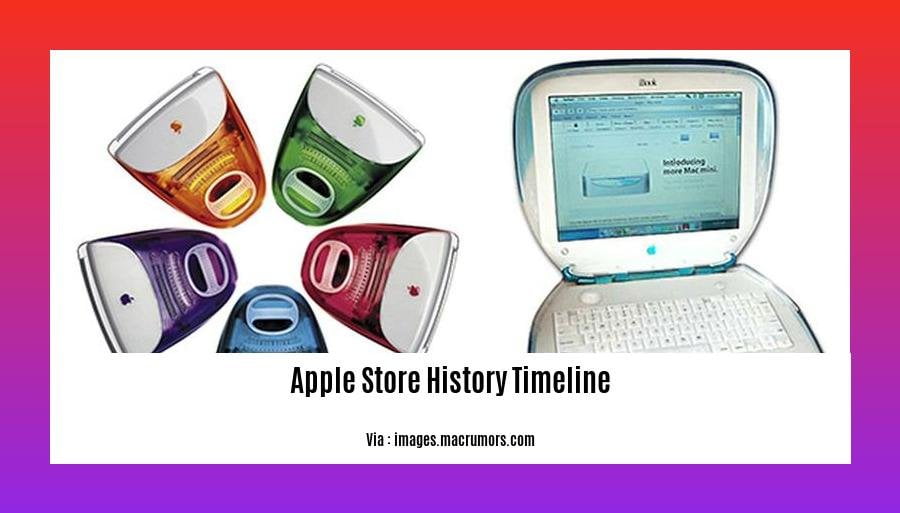
In today’s environmentally conscious climate, consumers are increasingly drawn to retailers that prioritize sustainability and eco-friendly practices. Apple Stores, known for their innovative retail strategies, have embraced this movement by incorporating eco-friendly initiatives into their operations. Let’s explore how Apple is leading the way in sustainable retail.
Key Takeaways:
Prioritizing eco-friendly packaging materials and minimizing waste.
Implementing energy-efficient store designs and optimizing energy usage.
Reducing carbon emissions through renewable energy sources and eco-friendly logistics.
Promoting sustainable product choices and educating customers about environmental impact.
1. Eco-Friendly Packaging:
Apple has made significant strides in reducing waste by using sustainable packaging materials. Their product boxes are made from 100% recyclable fibers, and they have eliminated plastic from their packaging wherever possible. This commitment to eco-friendly packaging helps to minimize environmental impact and promotes a circular economy.
2. Energy Efficiency in Store Design:
Apple Stores are designed to be energy-efficient, featuring optimized lighting systems, efficient HVAC systems, and energy-saving building materials. The stores utilize natural light whenever possible, reducing the need for artificial lighting and lowering energy consumption. These efforts contribute to a greener retail environment.
3. Renewable Energy and Carbon Emissions:
Apple has set ambitious goals to reduce its carbon footprint and transition to renewable energy sources. The company powers its stores with 100% renewable energy, including solar and wind power. They also optimize logistics and transportation to minimize carbon emissions throughout the supply chain.
4. Sustainable Product Choices and Customer Education:
Apple offers a wide range of sustainable products, including devices made from recycled materials and those designed for energy efficiency. Additionally, the company educates customers about the environmental impact of their products and encourages them to make sustainable choices. By empowering consumers, Apple fosters a culture of sustainability within its retail ecosystem.
Technology plays a pivotal role in enhancing sustainability efforts in retail. Apple utilizes IoT (Internet of Things) sensors to monitor and optimize inventory, reducing waste and ensuring efficient product allocation. Smart energy management systems control lighting, HVAC, and other systems, minimizing energy consumption.
Conclusion:
Apple’s commitment to sustainability is evident in its eco-friendly retail practices. By embracing sustainable packaging, energy-efficient store designs, renewable energy sources, and educating customers about sustainable choices, Apple sets a high standard for eco-conscious retail. As consumers increasingly demand sustainable products and experiences, Apple’s leadership in this area positions it as a pioneer in the future of retail.
Relevant Source:
- Apple’s Environmental Responsibility Report
- Sustainable Retail: Trends and Innovations Shaping the Future
The Future of Retail: Reimagining the Customer Experience
The retail landscape has evolved considerably, and the customer experience has become a top priority for businesses. Apple Stores are a prime example of how a customer-centric approach can revolutionize the shopping experience. With a unique blend of innovation, design, and seamless service, the Apple Store offers a glimpse into the future of retail.
Key Takeaways:
Apple Stores stand out with their sleek design, open layout, and knowledgeable staff, providing a welcoming and personalized shopping environment.
The Genius Bar offers free technical support and advice, demonstrating Apple’s commitment to supporting customers throughout their product journey.
Apple Stores host workshops and events, fostering a community atmosphere and providing opportunities for customers to learn and connect with Apple experts.
Apple’s retail success highlights the importance of creating a seamless omnichannel experience, allowing customers to shop online or in-store with ease.
The Apple Store’s global expansion reflects the brand’s commitment to delivering a consistent customer experience across different cultures and regions.
Embracing sustainability, Apple Stores prioritize eco-friendly practices and support educational and community initiatives, aligning with modern consumer demands.
Apple’s Customer Experience Strategy
Apple’s customer experience strategy revolves around delivering exceptional products with cutting-edge design and features, creating a loyal customer base.
The company’s marketing efforts have focused on building a strong brand image that prioritizes customer satisfaction, establishing a legendary status.
Apple differentiates itself by offering value through its products and customer-centric approach rather than competing solely on price.
Customers enjoy a seamless journey with Apple, from product design to after-sales support, reinforcing the company’s commitment to delivering an unparalleled customer experience.
Lessons for the Future of Retail
Customer-centricity: Prioritizing the customer’s needs and preferences should be at the heart of any retail strategy.
Seamless experience: Integrating online and offline channels creates a cohesive shopping experience, enhancing customer convenience.
Innovation: Continuously seeking new ways to improve the customer experience, embracing technology and fresh ideas.
Community building: Fostering a sense of community through events, workshops, and interactions with knowledgeable staff.
Sustainability: Recognizing the importance of sustainable practices and aligning with consumer demands for environmentally responsible retail.
Conclusion: The Future of Retail
The Apple Store serves as a model for the future of retail, demonstrating the power of customer-centricity, innovation, and seamless experiences. As the retail landscape continues to evolve, businesses must adapt and embrace these principles to remain competitive and create loyal customers. By reimagining the customer experience, retailers can unlock new possibilities and drive growth in the digital age.
Sources:
- The Apple Store’s Evolution of Customer Experience
- 5 Ways Apple Proves They Really Care About Customer Experience
FAQ
Q1: When was the first Apple Store opened, and where was it located?
A1: The first Apple Store was opened in May 2001 in Tysons Corner, Virginia, United States.
Q2: What types of products does the Apple Store typically sell?
A2: The Apple Store sells various products, including iPhones, iPads, Macs, Apple Watches, accessories, and software.
Q3: What is the Genius Bar, and what services does it offer?
A3: The Genius Bar is a signature feature of Apple Stores where customers can receive free technical support and advice from Apple-trained specialists.
Q4: Why have Apple Stores been so successful in generating revenue for the company?
A4: Apple Stores have been successful due to their sleek design, open layout, knowledgeable staff, and popular products, such as the iPhone and iPad.
Q5: How many Apple Stores are there worldwide, and in which countries can they be found?
A5: As of September 2023, Apple has over 506 stores across 24 countries, including the United States, United Kingdom, China, and Japan.
- China II Review: Delicious Food & Speedy Service - April 17, 2025
- Understand Virginia’s Flag: History & Debate - April 17, 2025
- Explore Long Island’s Map: Unique Regions & Insights - April 17, 2025
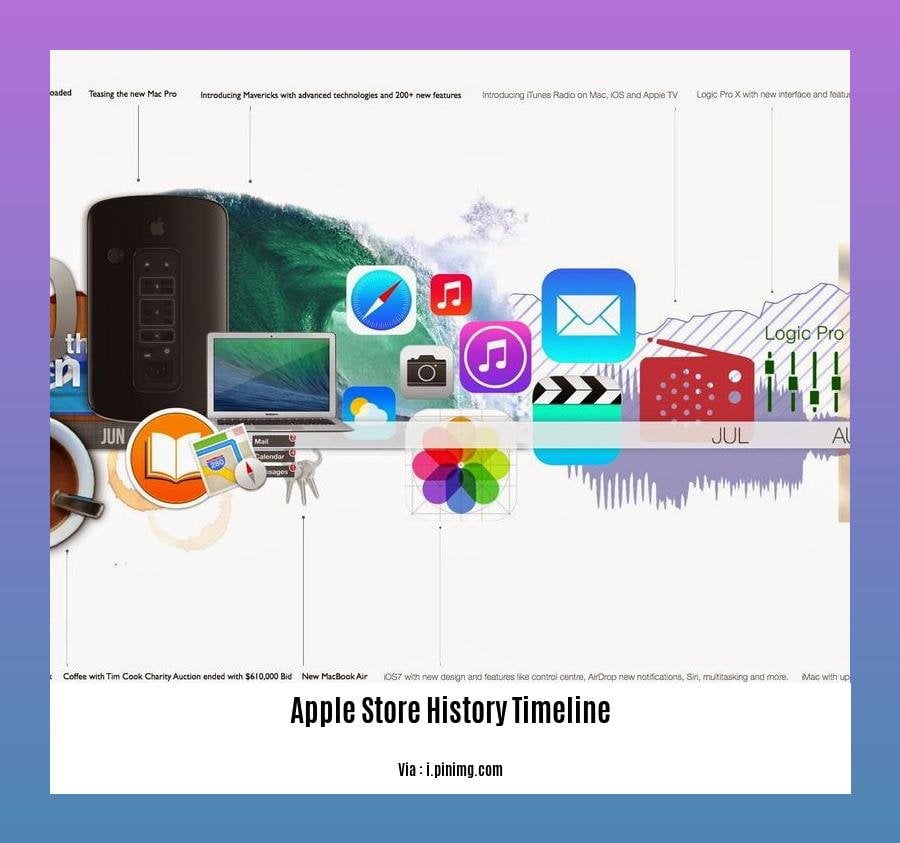
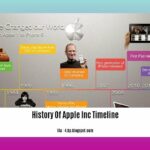
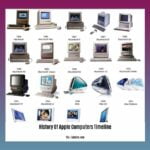
![Unveiling Apple's Legacy: A Comprehensive Timeline of Innovation [apple company history timeline] apple-company-history-timeline_2](https://www.lolaapp.com/wp-content/uploads/2023/12/apple-company-history-timeline_2-150x150.jpg)

